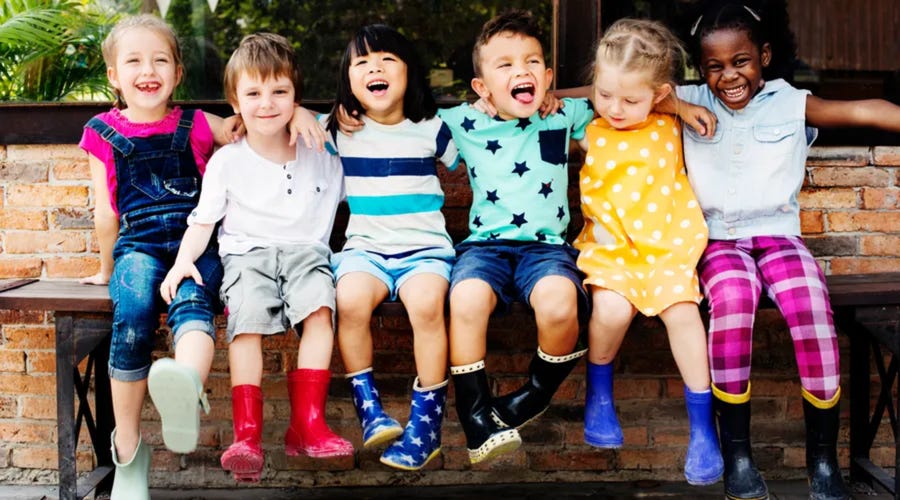Here are the now-debunked myths about bilingual education.
Bilingualism leads to speech disorders or dysphasia development.
In reality, bilingual children can develop dysphasia, but not at any faster rate than non-bilingual children. It is equally true that a child with developmental dysphasia can learn two or more languages.
Bilingualism is often thought to interfere with a child's language and cognitive development, negatively impacting their thinking skills. However, intellectual ability is influenced by many factors, such as age, genetic patterns, and environmental stimulation
Switching between languages is sometimes viewed as a sign of language incompetence and laziness. However, a bilingual child's ability to switch from one language to another actually indicates flexible cognition and a deeper understanding of both languages.
Children should not learn languages sequentially or separately.
Children do not necessarily need to learn languages one after the other or in isolation. While it's possible for them to learn two languages simultaneously, each child may have their own preferences and pace for acquiring different languages.
A bilingual child will have an accent.
Just like monolingual children, accents are influenced by the environment and personal speech habits. However, in bilingualism, one language may dominate, resulting in a weaker accent in the non-dominant language.
So how can a child who does not come from a bilingual background learn another language? Let's go through a bit of history:

The teaching of foreign languages traces back to ancient Rome, where educators like Quintilianus (a first-century AD roman educator) advocated for direct communication with students. Quintilianus even proposed teaching children a foreign language before their native tongue. As time progressed into the Middle Ages, teaching methods shifted towards using passive drills and rote memorization.
During the 17th and 18th centuries, humanistic methods began to emerge. Czech teacher Jan Amos introduced theories that opposed direct mechanical translations, while John Locke developed teaching methods emphasizing the practical use of a foreign language. Locke found that speaking was the fastest method of learning.
In 1878, Maximilian Delphinius Berlitz pioneered a direct methodology for teaching foreign languages. This method involves learners directly communicating with native-speaking tutors. Through personalized instruction, tutors help students gain confidence in speaking. This approach mirrors the language exposure experienced by bilingual children from a young age. Today, this method remains in use and is applicable in both classroom and summer camp settings.

Learning tactics
From ancient rome to today various learning tactics have remained the same:
Learning through play
For children, there is nothing better than play. When learning becomes enjoyable, children are better able to pick up grammatical elements and vocabulary. Playful activities involving games, songs, and stories are crucial learning tactics.
Regularity
Consistent exposure to a language is crucial for learning. Simply speaking English to your child every day on the way to school or enrolling them in a language school can greatly aid their progress. By prioritizing these methods, you may find less need for additional interactive tools like foreign language apps or social media teaching videos
Environment
Language skills are most effectively developed through exposure to environment and social interaction. By reinforcing learning through group activities, children not only learn by interacting with each other but also by sharing their unique language skills.
Do you have friends, acquaintances, or family members who want themselves or their children to learn a foreign language? Make arrangements to involve them. Sharing a common goal with those around you will not only create a supportive environment but also motivate you to engage in regular language practice.
Support for learning
Incorporating foreign language skills into everyday life is crucial. There are simple ways to do this, such as writing in a diary, acting in a play, or cooking a foreign recipe together. Engaging in these activities can facilitate automatic learning as children naturally apply their knowledge in various scenarios.
An individual approach
As repeatedly emphasized, every child is unique; therefore, each one learns differently. By understanding the diverse needs, pace, and learning styles of each child, individual lessons are better equipped to cater to their interests while teaching.
Learning a new language should evoke an inspiring adventure of joy and discovery. Through an integrated approach that includes play, regular contact, a natural curriculum, and individualized social interaction, children can actively develop their language skills in a positive and enjoyable manner.






